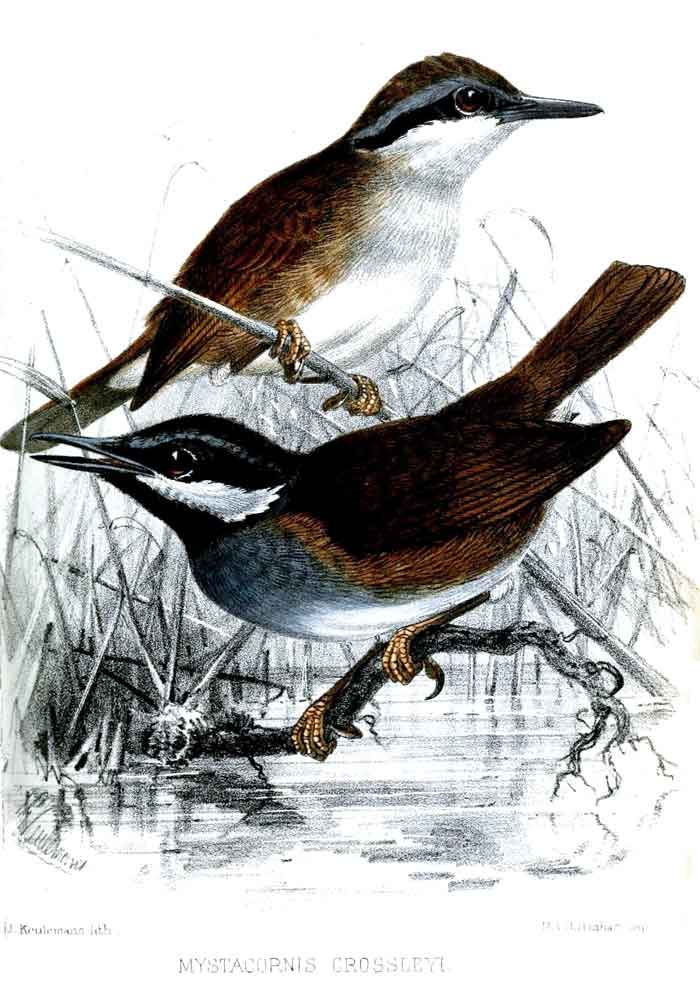
Superregnum: Eukaryota
Cladus: Unikonta
Cladus: Opisthokonta
Cladus: Holozoa
Regnum: Animalia
Subregnum: Eumetazoa
Cladus: Bilateria
Cladus: Nephrozoa
Superphylum: Deuterostomia
Phylum: Chordata
Subphylum: Vertebrata
Infraphylum: Gnathostomata
Megaclassis: Osteichthyes
Cladus: Sarcopterygii
Cladus: Rhipidistia
Cladus: Tetrapodomorpha
Cladus: Eotetrapodiformes
Cladus: Elpistostegalia
Superclassis: Tetrapoda
Cladus: Reptiliomorpha
Cladus: Amniota
Classis: Reptilia
Cladus: Eureptilia
Cladus: Romeriida
Subclassis: Diapsida
Cladus: Sauria
Infraclassis: Archosauromorpha
Cladus: Crurotarsi
Divisio: Archosauria
Cladus: Avemetatarsalia
Cladus: Ornithodira
Subtaxon: Dinosauromorpha
Cladus: Dinosauriformes
Cladus: Dracohors
Cladus: Dinosauria
Cladus: Saurischia
Cladus: Eusaurischia
Subordo: Theropoda
Cladus: Neotheropoda
Cladus: Averostra
Cladus: Tetanurae
Cladus: Avetheropoda
Cladus: Coelurosauria
Cladus: Tyrannoraptora
Cladus: Maniraptoromorpha
Cladus: Maniraptoriformes
Cladus: Maniraptora
Cladus: Pennaraptora
Cladus: Paraves
Cladus: Eumaniraptora
Cladus: Avialae
Infraclassis: Aves
Cladus: Avebrevicauda
Cladus: Pygostylia
Cladus: Ornithothoraces
Cladus: Ornithuromorpha
Cladus: Carinatae
Parvclassis: Neornithes
Cohors: Neognathae
Cladus: Neoaves
Cladus: Telluraves
Cladus: Australaves
Ordo: Passeriformes
Subordo: Passeri
Infraordo: Passerida
Superfamilia: Sylvioidea
Familia: Timaliidae
Genus: Mystacornis
Species: Mystacornis crossleyi
Name
Mystacornis crossleyi (A. Grandidier, 1870)
Links
IUCN: Mystacornis crossleyi (Least Concern)
Vernacular names
English: Crossley's Babbler
Crossley's vanga (Mystacornis crossleyi), also known as Crossley's babbler-vanga, Crossley's babbler, Madagascar groundhunter, or Madagascar groundjumper, is a bird species in the family Vangidae.
Taxonomy
The bird is in the monotypic genus Mystacornis. The species is an example of convergent evolution: its bill and body shape adapted to its habit of looking for insect prey in the leaf litter, eventually becoming so similar to that of ground-babblers that early naturalists initially classified the Crossley's vanga into what was then known as the babbler family, Timaliidae.[2]
Description
Details of morphology
Crossley's vanga is a small babbler-like bird, 15 cm long and weighing around 25 g. Its most distinctive feature is the olive-grey bill, which is disproportionately long and slightly hooked at the end. The plumage of the male is olive green on the crown, back, wings, tail and flanks, a grey belly, black throat and face, with a white submoustachial stripe and grey stripe above the eye. The legs are grey and the iris black. The female is similar but with a white throat and belly.
Behaviour
Breeding
The breeding season for this species is from August to November. The male builds a shallow cup nest of twigs and rootlets in a tree or other vegetation around 1.5 m off the ground. Two to three eggs are laid and incubated by both sexes.
Feeding
It forages singly or in pairs. It is a terrestrial bird that feeds on the ground on spiders, cockroaches, earwigs, true bugs, grasshoppers and ants. It rarely flies but instead walks and runs and probing its bill into leaf-litter, mosses, and soil.
Distribution and habitat
Crossley's vanga is endemic to Madagascar. It is distributed in the east of Madagascar in broadleaf forest, from sea level up to 1800 m.
References
BirdLife International (2016). "Mystacornis crossleyi". IUCN Red List of Threatened Species. 2016: e.T22716772A94510337. doi:10.2305/IUCN.UK.2016-3.RLTS.T22716772A94510337.en. Retrieved 15 November 2021.
Ulf S Johansson, Rauri C.K Bowie, Shannon J Hackett y Thomas S Schulenberg. The phylogenetic affinities of Crossley's babbler (Mystacornis crossleyi): adding a new niche to the vanga radiation of Madagascar
Collar, N. J. & Robson, C. 2007. Family Timaliidae (Babblers) pp. 70–291 in; del Hoyo, J., Elliott, A. & Christie, D.A. eds. Handbook of the Birds of the World, Vol. 12. Picathartes to Tits and Chickadees. Lynx Edicions, Barcelona.
External links
Retrieved from "http://en.wikipedia.org/"
All text is available under the terms of the GNU Free Documentation License

